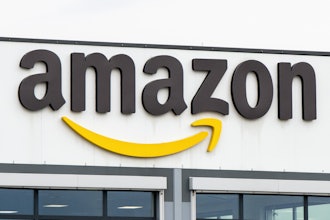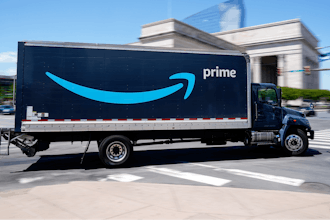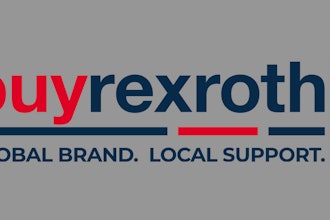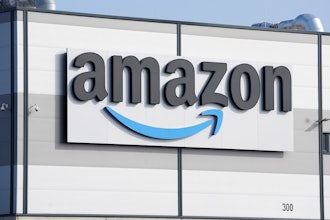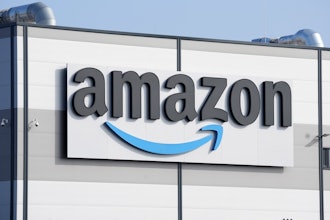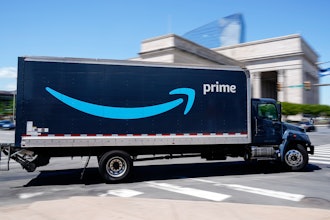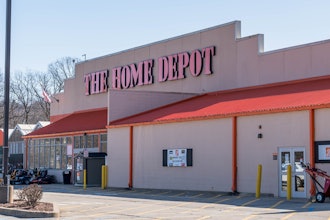
Your customers are willing to tell you exactly what they want and, sometimes much to your chagrin, they’re not going to hold back or walk on eggshells for you. This past holiday season, customer angst was clearly on display, and shipping and order accuracy was a big player in that grief.
One of our favorite examples comes from online retailer ASOS. The company asked their social media followers to fill in a simple sentence.

Immediately afterward, their marketing department probably regretted the tweet.
While many people were asking for gift cards and free clothes, the largest answer pool that had a real impact on business went along the lines of: “My parcel to actually arrive!”
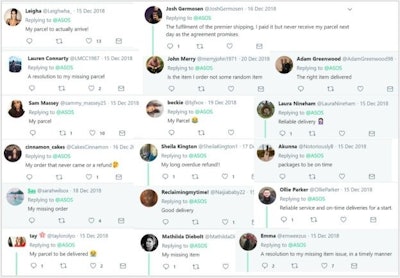
No matter how popular you are, if your shipping is bad, that’s what people will talk about. So, let’s look at some of the best ways for you to provide great shipping and supply chain transparency in 2019.
Reminder: Everyone Wants Great Shipping
Lest you think it is only a few angry ASOS fans, it’s important to note that all people want a positive online experience. According to 55% of U.S. digital shoppers, a shipment that never arrives would cause them to buy from a different store. Other important things that will send them to your competitors:
- Fake reviews (34%)
- Items not looking like their online images (34%)
- Shipping taking longer than promised (17%)
- You must pay for shipping (16%)
Those are eMarketer numbers that come from Christmas Eve 2018, which is about as fresh as we can get. These are the sentiments of your customers, even if you’re selling outside the U.S.
So, let’s get to solving those issues and create a better shipping experience for you.
Benchmark Carrier Services and Costs
It’s easy to want to start with your customers directly, but that skips over your biggest issue: a reliable carrier partner. Take your product list and customer reach to the carriers that are in your area, from UPS and FedEx to local operators and regional players.
Each will give you a similar set of options and guarantees, but you might be able to negotiate on your rates if you have a high volume of shipments. You’ll also want to discuss their pricing models. Today, UPS, FedEx, and the USPS all run a dimensional weight calculation to create the final price for a shipment.
The math looks at standard rates, the actual weight of your box, the dimensions of the box, and the final location for it.
A good play here is to link your order and fulfillment software with payments for these carriers. You can input weight, dimensions, and more and then get pricing from each, automatically choosing either what is cheaper or what gets there faster.
Choose the Right Warehouse
We’re still not ready to talk to about customers when thinking of their shipping experience.
After setting up carriers and ensuring you get the best rate—because making it all more affordable gives you the chance to reduce costs for customers or spend a little more on your end to deliver things faster—you’ll want to look at your warehouse.
Are you able to fill orders correctly? Are they getting out of the door on time? Where are your bottlenecks?
If you can run a good warehouse and your packages are arriving on-time, congrats. That’s a very tough thing for any ecommerce company to achieve, and you deserve to be proud of it. If you’re struggling, it’s time to look at why.
You might need to staff up to meet demand or change your structure and software so you can adopt systems that doublecheck everything. Those investments can be significant. If a warehouse management tool seems like too much to handle, or you’re having to grow your warehouse building and expand shelving, you might be spending too much.
When you grow beyond a garage or small warehouse, but can’t afford to jump to a large facility and move all of your offices, it might be time to consider an e-commerce fulfillment provider. Companies like Red Stag Fulfillment specialize in the tech and processes to ensure orders are always filled accurately and delivered on time.
Adam Robinson oversees the overall marketing strategy for Cerasis including website development, social media and content marketing, trade show marketing, email campaigns, and webinar marketing. Mr. Robinson works with the business development department to create messaging that attracts the right decision makers, gaining inbound leads and increasing brand awareness all while shortening sales cycles, the time it takes to gain sales appointments and set proper sales and execution expectations.
A version of this story first appeared on the Cerasis blog.










